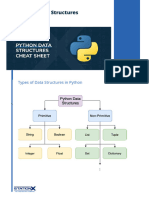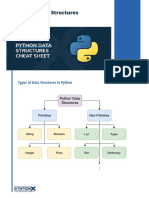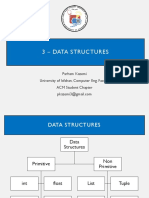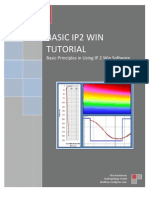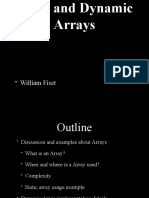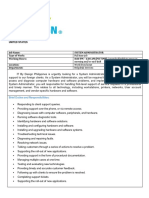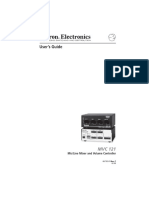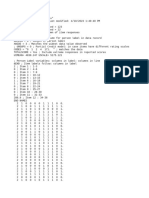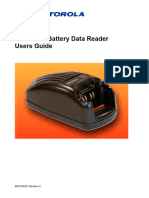0% found this document useful (0 votes)
8 views16 pagesPython 3
This document provides an overview of essential data structures in Python, including lists, tuples, sets, and dictionaries, detailing their properties, use cases, and manipulation techniques. It includes examples, common methods, and practice exercises for each data structure to enhance understanding. Additionally, it compares the characteristics and scenarios for using these data structures effectively.
Uploaded by
jyotibiswas65Copyright
© © All Rights Reserved
We take content rights seriously. If you suspect this is your content, claim it here.
Available Formats
Download as PDF, TXT or read online on Scribd
0% found this document useful (0 votes)
8 views16 pagesPython 3
This document provides an overview of essential data structures in Python, including lists, tuples, sets, and dictionaries, detailing their properties, use cases, and manipulation techniques. It includes examples, common methods, and practice exercises for each data structure to enhance understanding. Additionally, it compares the characteristics and scenarios for using these data structures effectively.
Uploaded by
jyotibiswas65Copyright
© © All Rights Reserved
We take content rights seriously. If you suspect this is your content, claim it here.
Available Formats
Download as PDF, TXT or read online on Scribd
/ 16






















